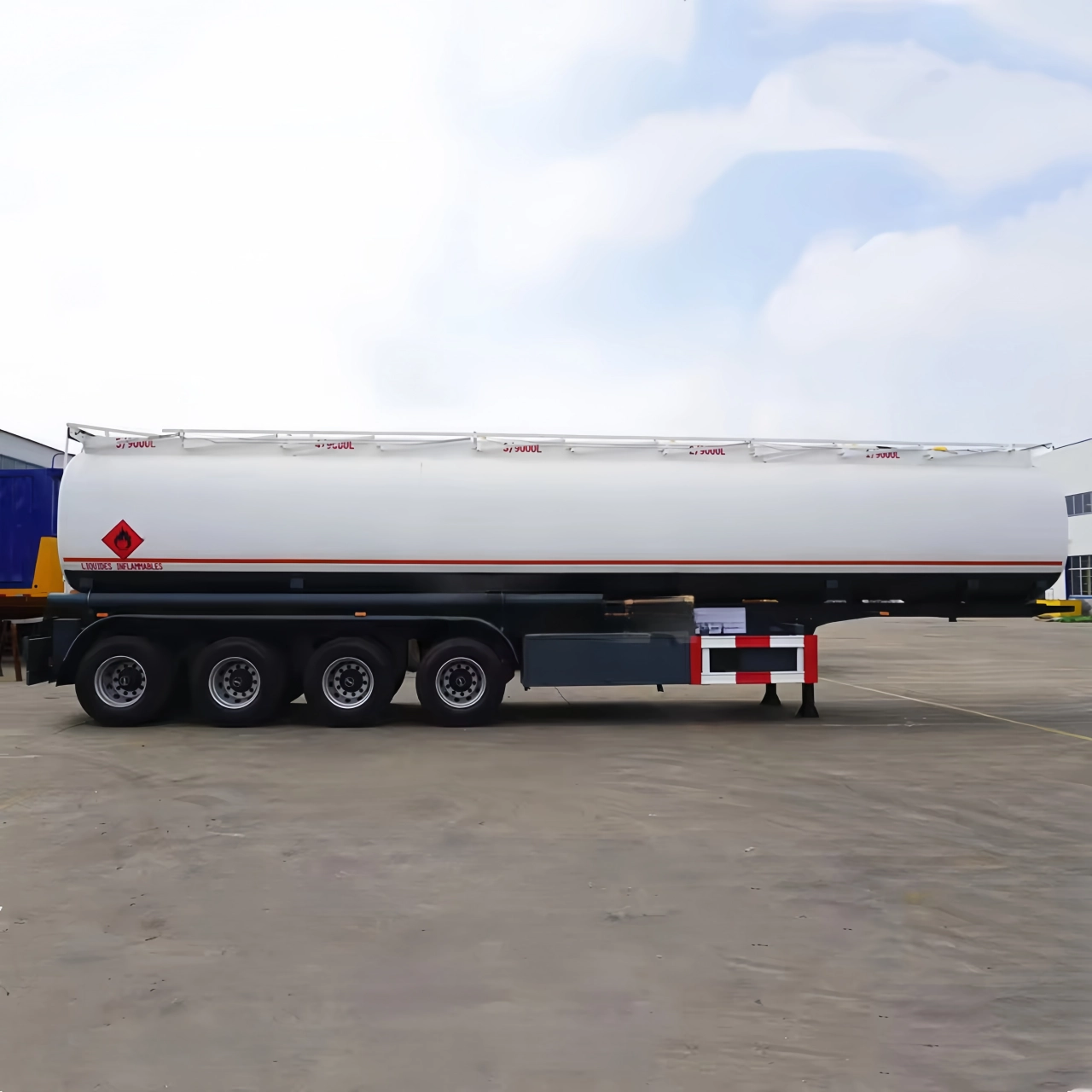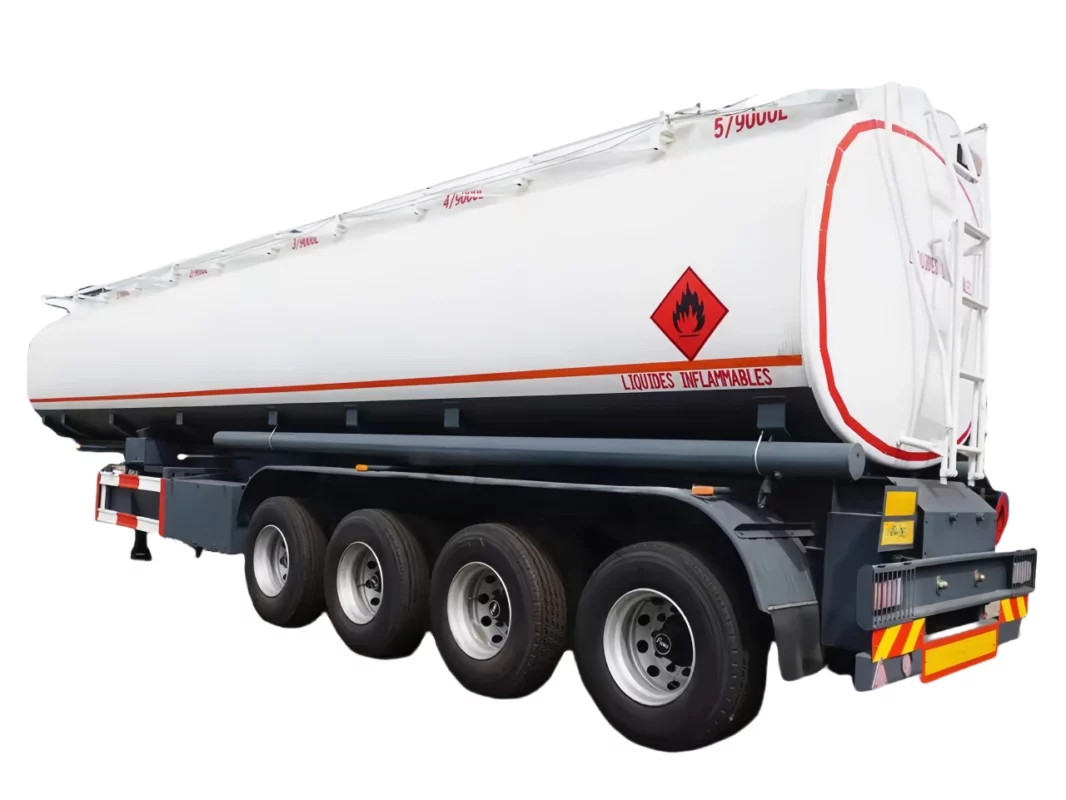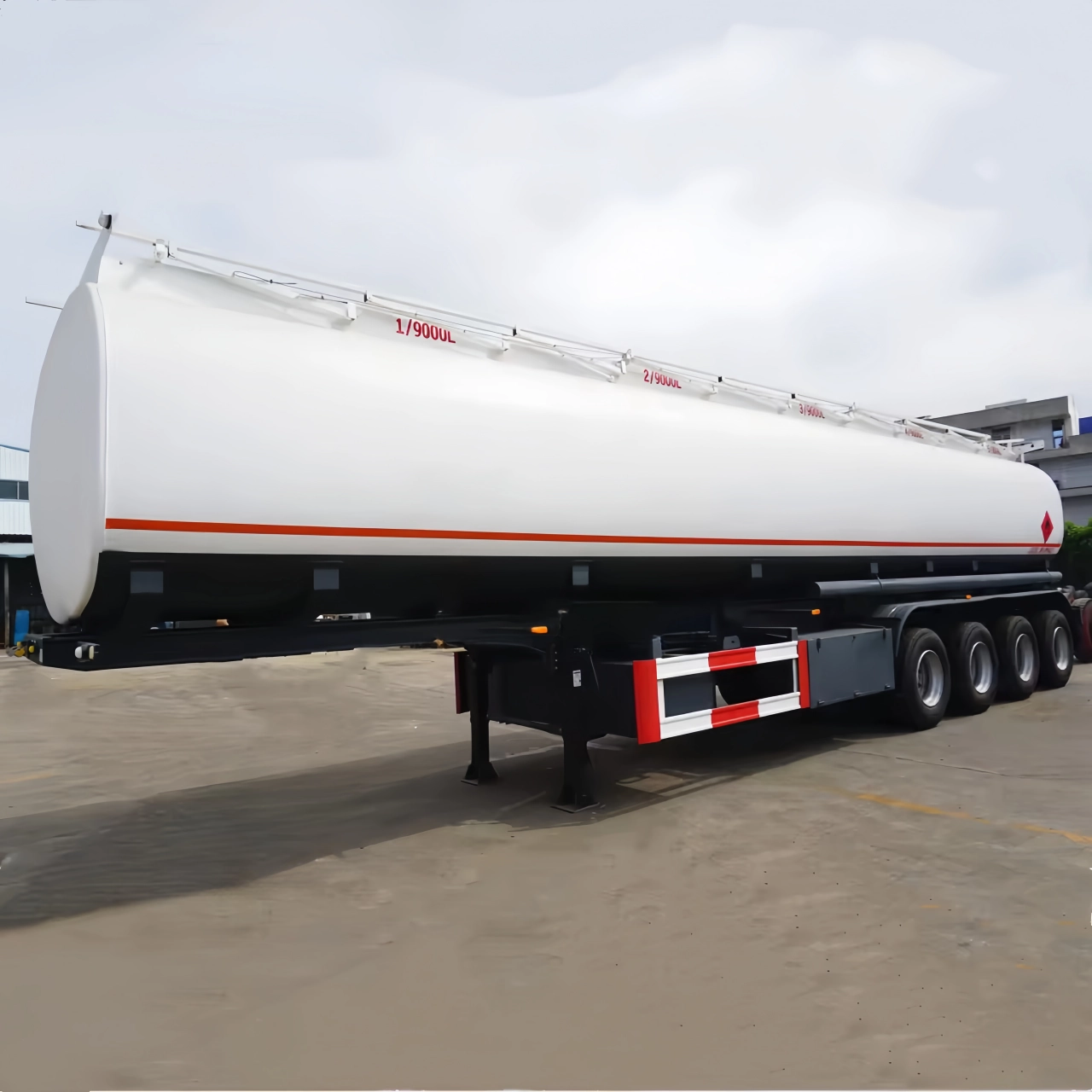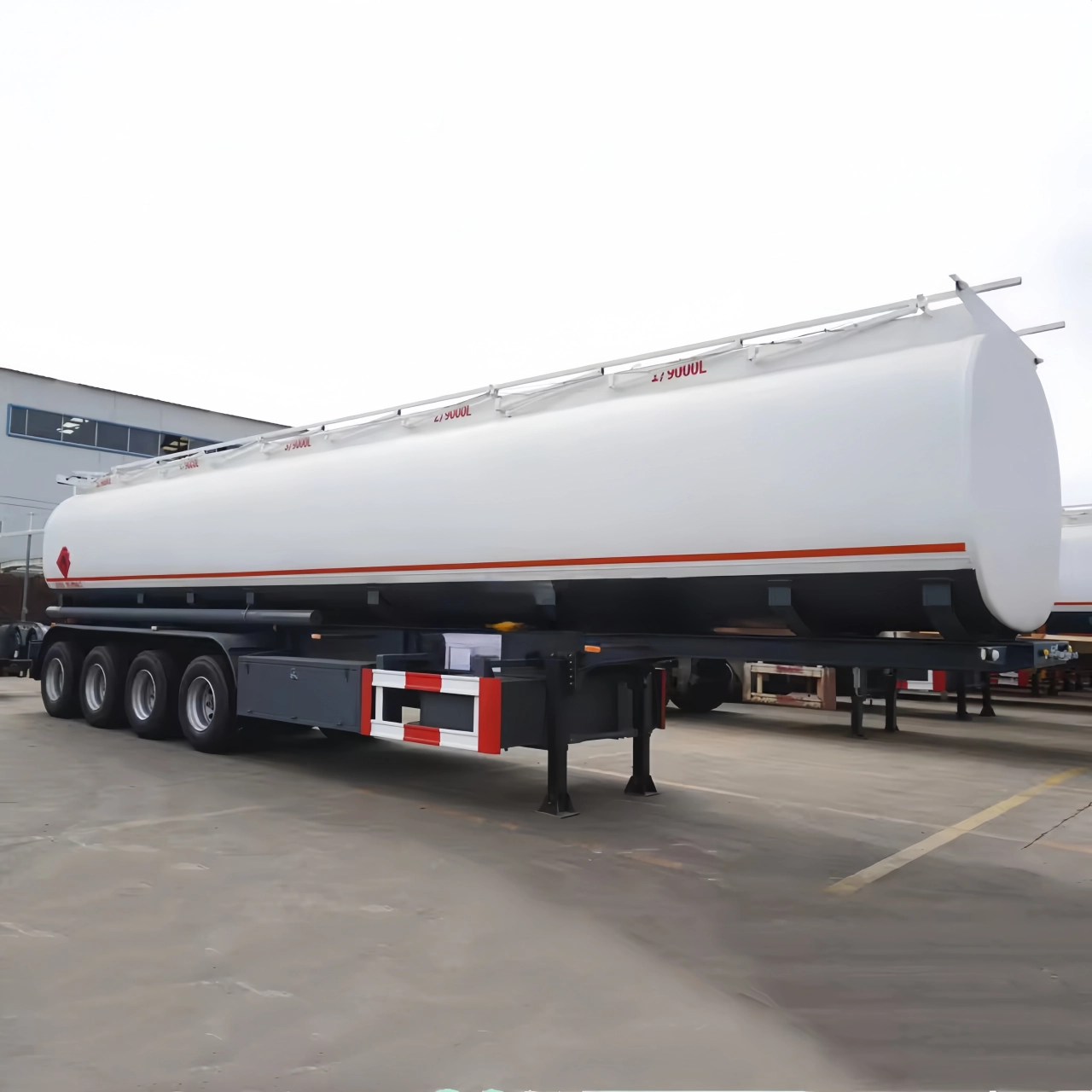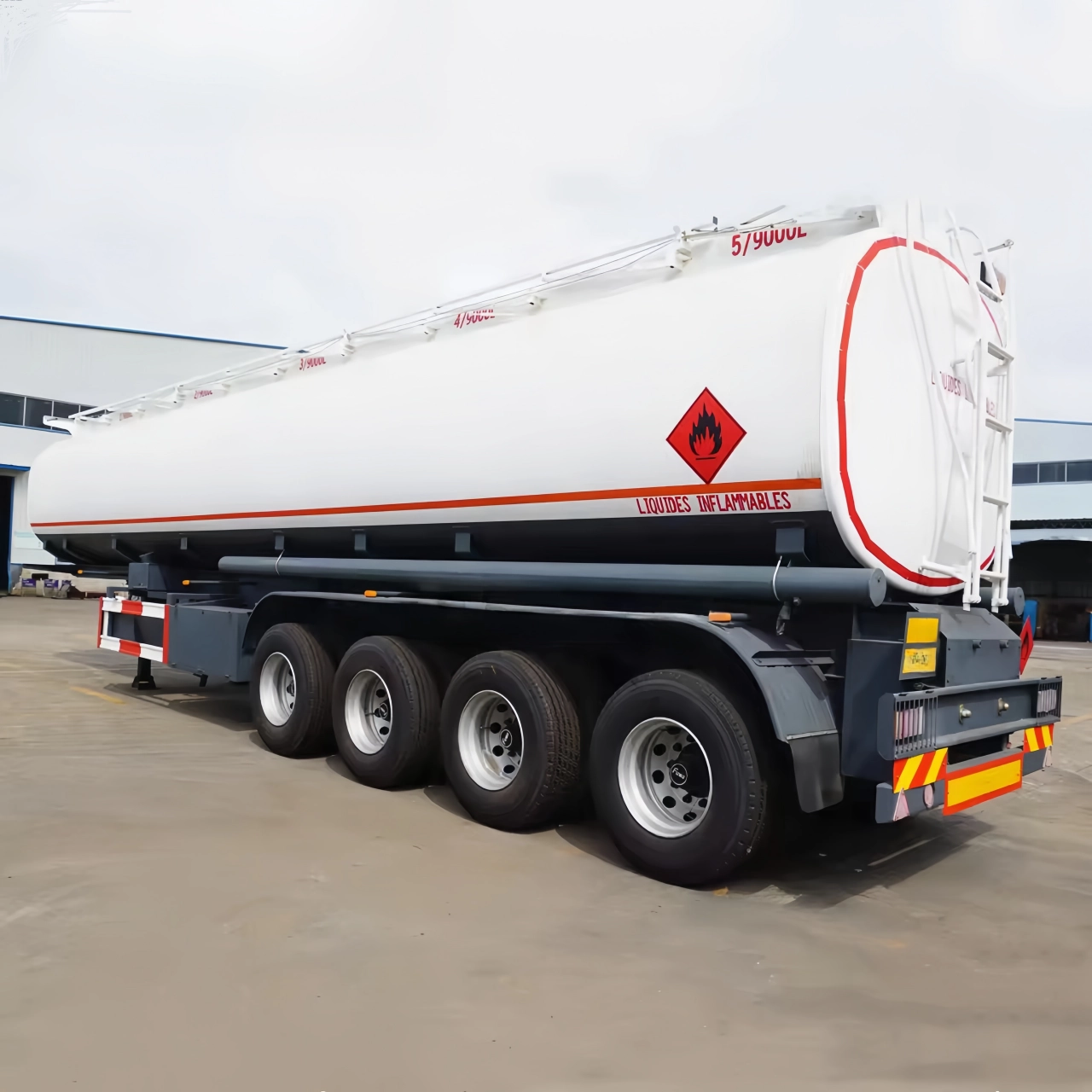Tanker trailers are specialized transport vehicles designed to carry liquids, gases, or powders in bulk. They are widely used in industries such as petroleum, chemical, food and beverage, agriculture, and construction. One of the most important factors when considering a tanker trailer is its capacity—a measurement that determines how much material the trailer can safely transport. This article delves into the capacity of tanker trailers, including the different types, factors that affect capacity, and common configurations used across various industries.
Understanding Tanker Trailer Capacity
The capacity of a tanker trailer refers to the maximum volume of material it can carry, typically measured in gallons, liters, barrels, or cubic meters, depending on regional and industry standards. In the United States, capacity is most often expressed in gallons, while liters or cubic meters are more common internationally.
Tanker trailer capacity can vary greatly, from 3,000 gallons (approximately 11,000 liters) for small trailers to over 11,000 gallons (more than 41,000 liters) for larger, road-legal units. However, the legal capacity is often limited by government regulations regarding gross vehicle weight rating (GVWR) and axle weight limits to ensure safe operation on public roads.
Types of Tanker Trailers and Their Capacities
Tanker trailers come in various types, each designed for specific applications. The type of product being transported—be it fuel, food-grade liquids, chemicals, or dry bulk—directly influences the trailer’s design and capacity.
1. Fuel Tanker Trailers
Fuel tankers are one of the most common types, designed to transport gasoline, diesel, jet fuel, and other petroleum products. These tankers are typically made of aluminum or stainless steel and are built with multiple compartments for hauling different fuel grades in a single trip.
- Typical capacity: 5,000 to 9,000 gallons (19,000 to 34,000 liters)
- Compartments: Often divided into 2 to 6 compartments
- Use case: Fuel distribution to gas stations or airports
2. Chemical Tanker Trailers
Chemical tankers are constructed with specialized materials like stainless steel or lined carbon steel to withstand corrosive or hazardous substances such as acids, solvents, or industrial chemicals.
- Typical capacity: 5,000 to 7,000 gallons (19,000 to 26,000 liters)
- Features: Often include insulation, heating systems, and pressure-relief valves
- Use case: Transport of hazardous or temperature-sensitive chemicals
3. Food-Grade Tanker Trailers
Used for transporting consumable liquids such as milk, juice, wine, and edible oils, food-grade tankers are made of high-quality stainless steel and are built to meet strict sanitary standards.
- Typical capacity: 6,000 to 8,000 gallons (23,000 to 30,000 liters)
- Design: Smoothbore (without internal baffles) to facilitate cleaning
- Use case: Beverage and dairy industry transport
4. Dry Bulk Tanker Trailers
These are designed for powdered or granular materials like cement, flour, sugar, or plastic pellets. Although they are not liquid tankers, their “capacity” is often discussed in volume (cubic feet or cubic meters).
- Typical capacity: 1,000 to 1,600 cubic feet (28 to 45 cubic meters)
- Use case: Construction and food processing industries
5. Asphalt or Bitumen Tanker Trailers
Designed to carry hot bitumen or asphalt, these tankers have special insulation and heating systems to maintain the product’s temperature during transport.
- Typical capacity: 5,500 to 7,000 gallons (21,000 to 26,500 liters)
- Features: Thick insulation, burners, and temperature control
- Use case: Road construction and maintenance
Factors Affecting Tanker Trailer Capacity
While the stated capacity of a tanker trailer gives a general idea of how much it can carry, several factors influence the actual usable volume:
1. Product Density
The weight of a liquid or material (density) affects how much of it can be loaded without exceeding the trailer’s weight limits. For example, water weighs approximately 8.34 pounds per gallon, whereas heavier substances like sulfuric acid or asphalt may significantly reduce the volume that can be transported due to weight restrictions.
2. Legal Weight Limits
Most countries impose weight limits to protect road infrastructure and ensure safety. In the U.S., the federal gross vehicle weight limit is typically 80,000 pounds (36,287 kg) for vehicles operating on interstate highways without special permits. The trailer’s tare weight (empty weight) combined with the cargo must not exceed this limit.
3. Number of Axles
More axles allow for better weight distribution and can increase the legal weight the trailer can carry. Some tankers are equipped with three or more axles to increase payload capacity.
4. Baffles and Compartments
Internal baffles are used to reduce liquid movement during transit, improving stability and safety. However, these internal structures can slightly reduce total usable volume. Similarly, trailers with multiple compartments may lose a small percentage of overall capacity due to partition walls.
5. Trailer Dimensions and Shape
The trailer’s length, diameter, and shape (e.g., elliptical, cylindrical, or “clamshell”) also affect capacity. Elliptical tanks, for example, have a lower center of gravity and better load distribution, making them more suitable for heavier liquids.
Regional Variations in Tanker Trailer Capacity
Tanker trailer capacities can vary depending on regional regulations and road conditions. For example:
- North America: Commonly 6,000 to 9,000 gallons for fuel tankers
- Europe: Often more restricted due to shorter roads and tighter weight limits; capacities typically range between 25,000 to 30,000 liters
- Australia and Canada: Use longer “road trains” or B-double configurations with combined capacities exceeding 100,000 liters (26,000 gallons), especially in remote areas.
How to Choose the Right Tanker Capacity
When selecting a tanker trailer, fleet operators must consider:
- The nature and density of the product
- Required transport distances and refill frequencies
- Road regulations in the area of operation
- Compatibility with loading/unloading infrastructure
- Sanitation or chemical resistance requirements
A food-grade milk hauler, for example, will prioritize insulation, hygiene, and smooth interiors, while a petroleum hauler must meet hazardous material transport regulations.
Conclusion
The capacity of a tanker trailer is a critical specification that directly impacts logistics, compliance, and operational efficiency. While capacities can range from a few thousand to over ten thousand gallons, depending on trailer type and regional laws, selecting the right tanker requires careful consideration of product characteristics, regulatory constraints, and industry needs. Understanding these variables ensures safe, legal, and cost-effective transportation of bulk liquids, powders, and gases in various sectors. Whether it’s fuel, milk, chemicals, or dry bulk goods, the right tanker trailer is the key to reliable supply chain operations.
